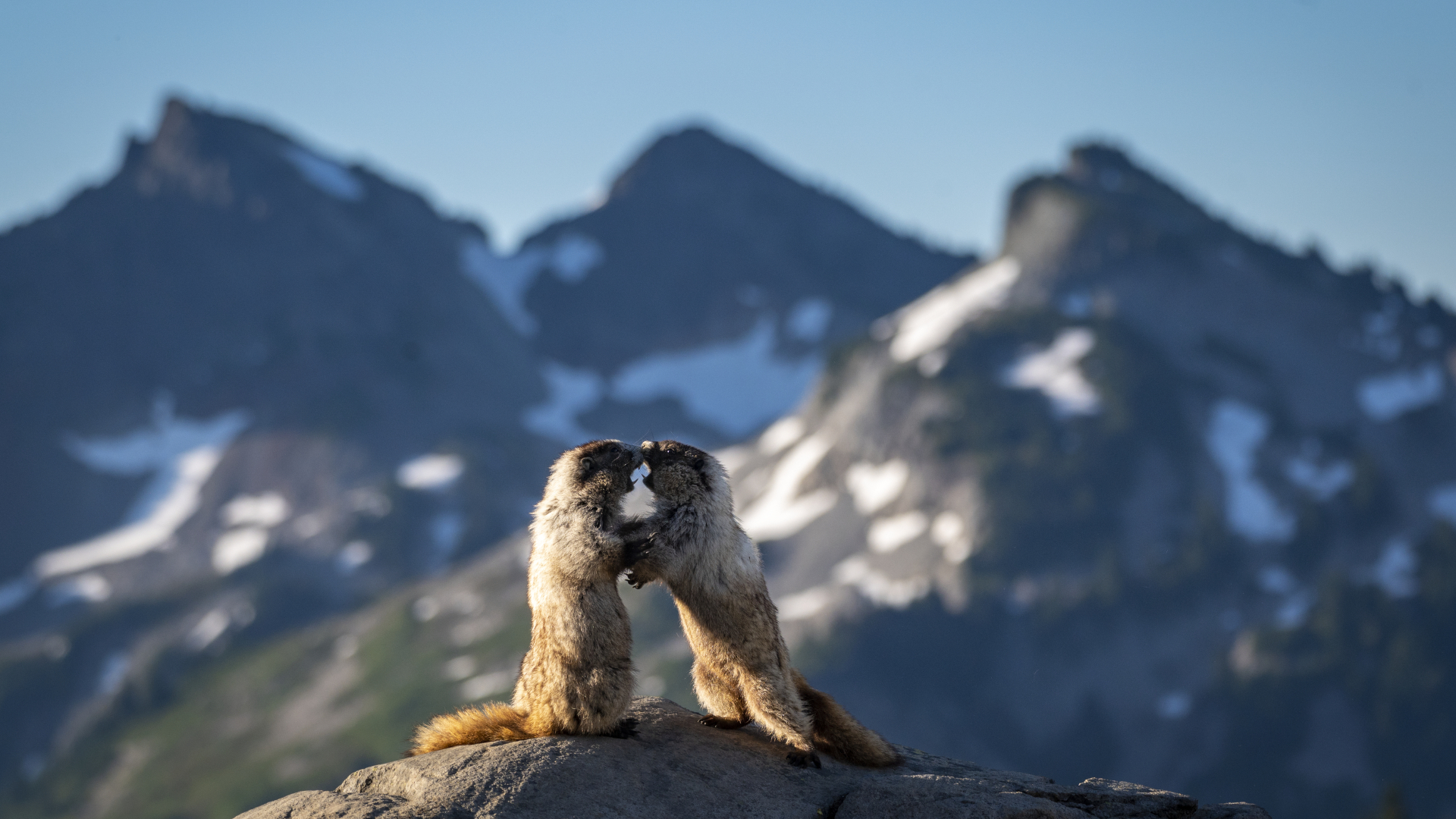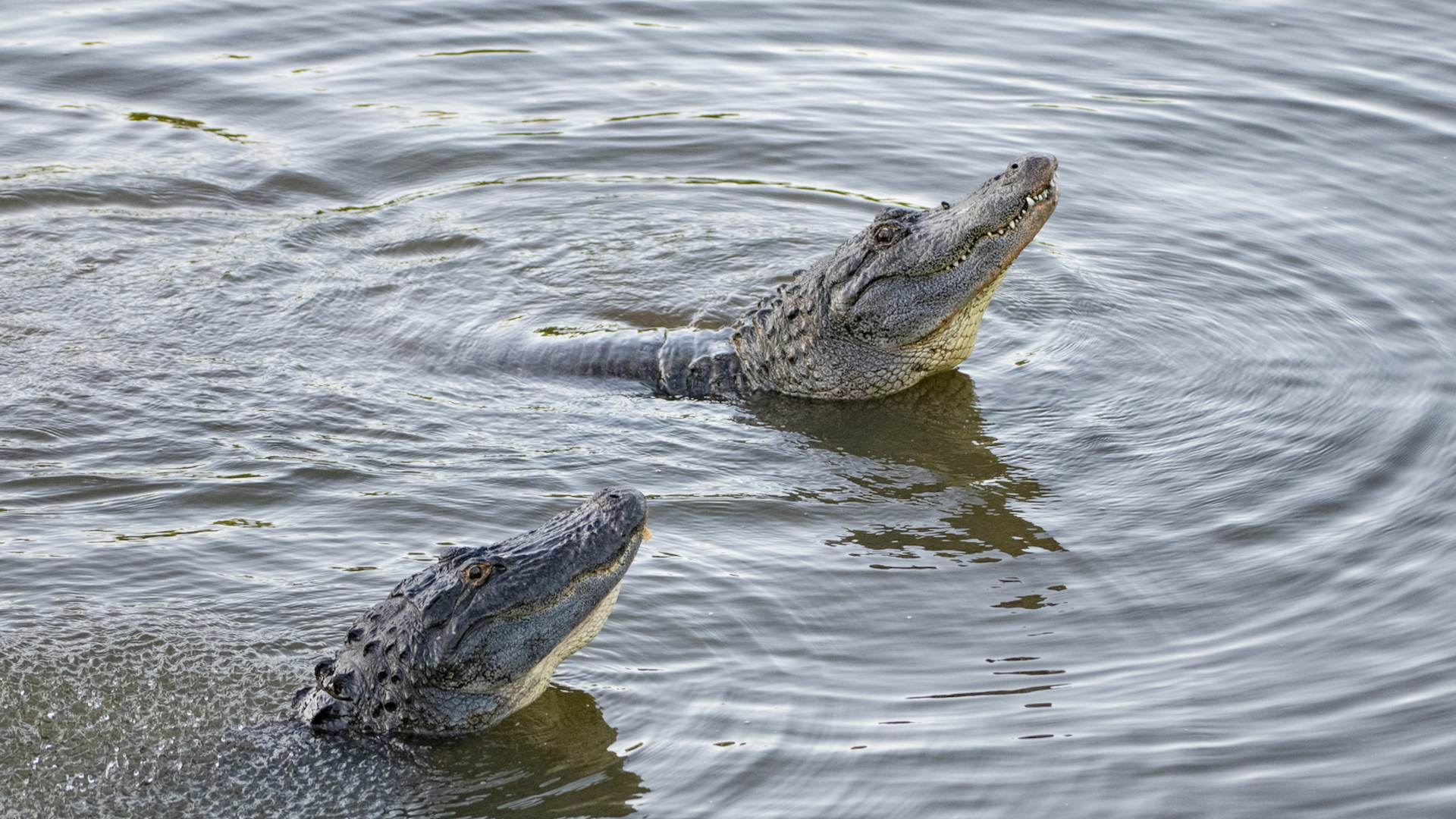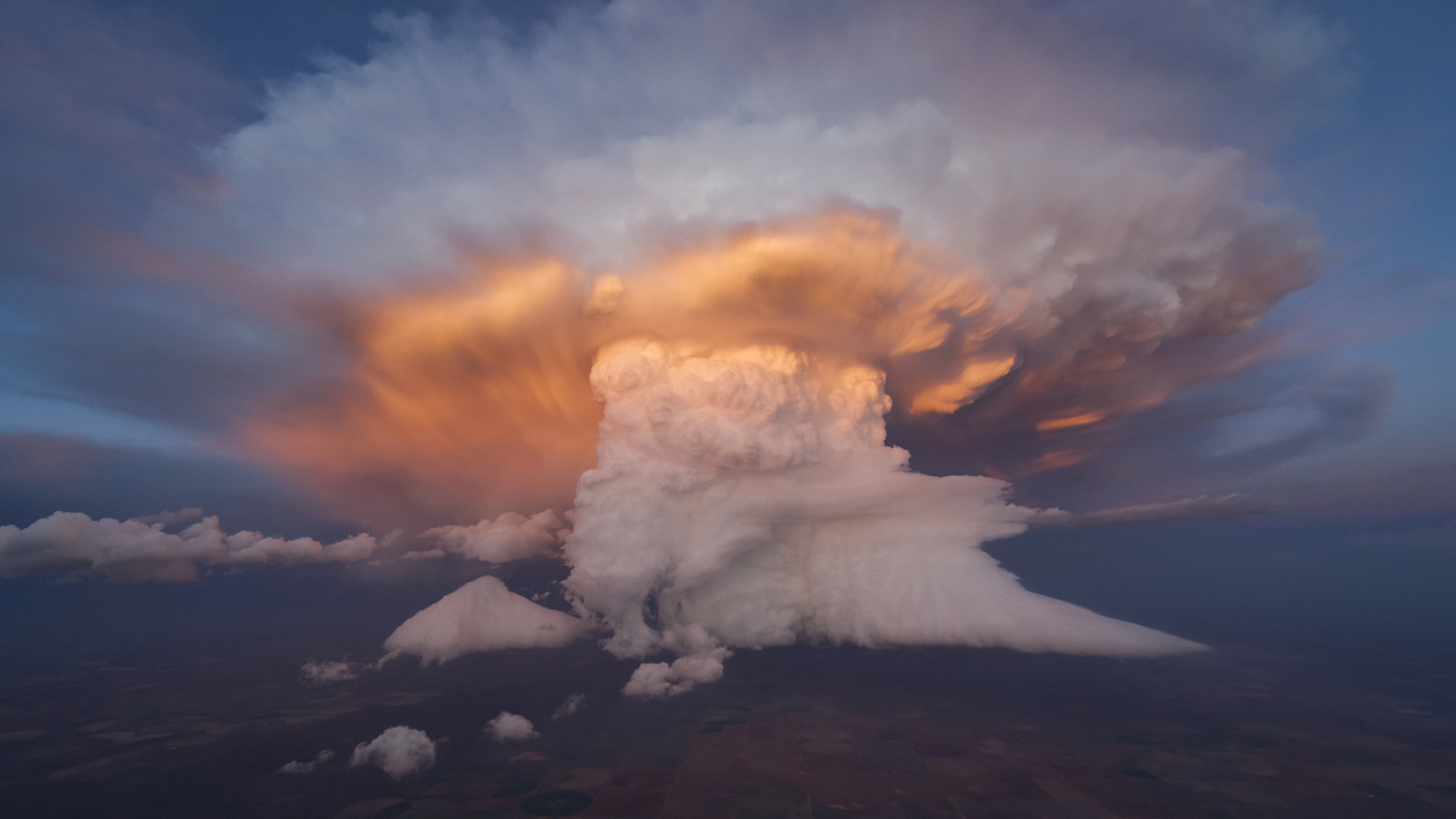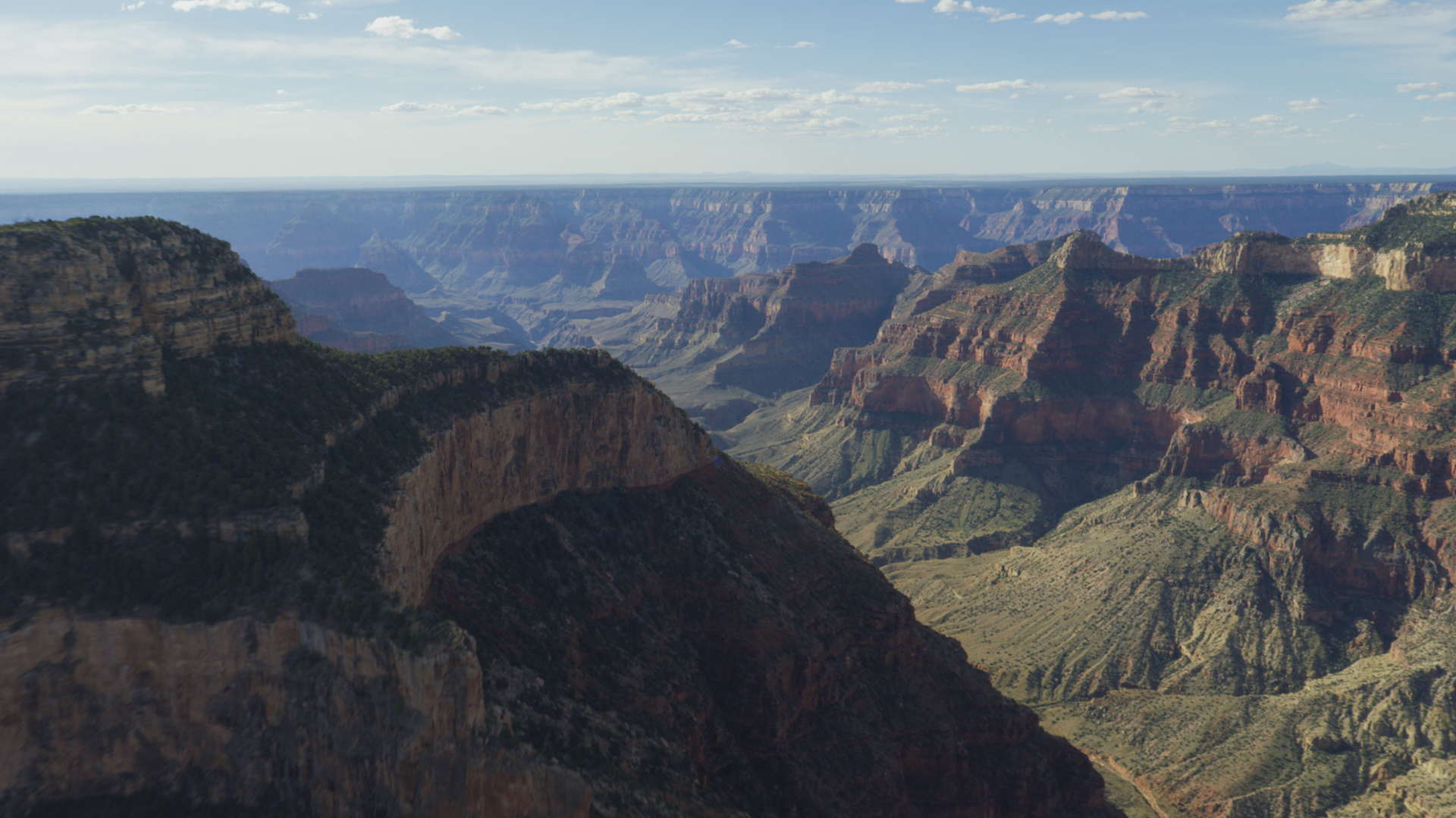America the Beautiful docuseries showcases dazzling diversity
America the Beautiful opens on Disney+ July 4 and showcases the most diverse continent on the planet for lovers of the outdoors

This 4th of July, you can soar over snow-capped peaks in Alaska, fly below the rim of the Grand Canyon, get into the jaws of a gator, swim with the humpback whales, and buzz a 100mph tornado, all from the comfort of your own couch with a new nature series called America the Beautiful.
This six-part series on Disney+ delivers a never-before-seen look at North America’s unparalleled biodiversity through the lens of cinema-grade cameras mounted onto fighter jets in a Hollywood first. From the producers of Planet Earth and Frozen Planet, it tells the story of life in America, from its Arctic ice caps to baking deserts, and is guaranteed to thrill any love of the great outdoors. Here at Advnture, we got a sneak preview of the series and a chat with its aerial cinematographer, Greg Wilson, about the challenges and rewards he faced with this mammoth cinematic undertaking.
“If there's one thing everybody can get behind in America right now, I think it’s how incredible our country is from a visual standpoint to the landscapes to the animals to the people that are working hard to protect it,” says Wilson, whose work on the project required him and the production team to navigate filming in temperatures as low as -40F in Alaska and as high as 130F Texas, New Mexico and Arizona.

America is the most diverse and extreme continent on Earth, and the producers of the show are here to showcase it. The series opens flying peacefully alongside the towering peaks and vast forest of the Grand Teton mountains in Wyoming and ends by plunging you into Louisiana’s steamy swamplands. Between those two points, it leaves no stone unturned, touching the creatures and plants great and small that live here in the land, sky and ocean.
While the end result is nothing short of dazzling, the effort that went into creating the series was monumental, almost beyond belief, involving dangerous collisions between everything from bison to air currents.
“The most challenging part, without question, was filming the tornadoes. That had to be approached with the utmost care and a delicate approach to such a dynamic, powerful force of nature,” recalls Wilson.
“That was a significant achievement, to fly within a half mile of the tornado. And in all reality, where we placed the aircraft was perfectly smooth air with almost no turbulence, but around us was about as violent air as you can find on the planet.”
All the latest inspiration, tips and guides to help you plan your next Advnture!

Of course, these days a close-up view of nature is bound to deliver some harsh truths about human impact on the earth, something Wilson says was hard to ignore with the forest fires and the wildfire smoke that he encountered across the majority of the western portion of the country.
“It really is worth taking a real, serious look at how we approach saving our ecosystems and how fragile they are,” muses Wilson. Amidst the grim realities, however, were equally infinite triumphs. For Wilson, the true highlight was getting to fly the fighter jet below the rim of the Grand Canyon, something that hadn’t been done in 39 years but became possible when the pandemic shut the National Parks.
“That was a lot of effort from a lot of people to gain the permissions and to gain the access and to be able to fly it was a true privilege and that will probably never happen again.”

According to Wilson, the idea for mounting cameras on fighter jets came about from trying to film a fast airplane from a helicopter. While a helicopter has a hard time keeping pace, and doesn’t fly in a straight line for very long, fighter jets allow for hyperlapse and long, straight runs, stability, speed and a dynamic maneuverability in three dimensional space that he calls “tough to beat”, and which delivers more than just stunning cinematography.
“I think the aircraft and camera positions and perspective we were able to deliver will show the interconnected nature of the landscape and hopefully give people a little bit of energy and hope that it’s all worth fighting for.”

Whether you have a chillfest planned this holiday, or know you’ll want to put your feet up when you get back from your camping trip, we think you’ll love this series, and trust us: the bigger the screen, the better.
Julia Clarke is a staff writer for Advnture.com and the author of the book Restorative Yoga for Beginners. She loves to explore mountains on foot, bike, skis and belay and then recover on the the yoga mat. Julia graduated with a degree in journalism in 2004 and spent eight years working as a radio presenter in Kansas City, Vermont, Boston and New York City before discovering the joys of the Rocky Mountains. She then detoured west to Colorado and enjoyed 11 years teaching yoga in Vail before returning to her hometown of Glasgow, Scotland in 2020 to focus on family and writing.

